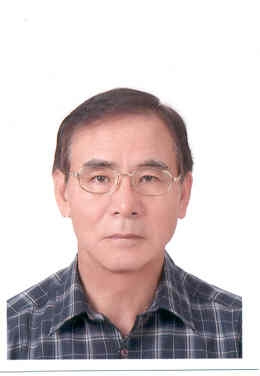Cultural Heritage : Petroglyphs of Bangudae
Bangudae,Historrical museum of ancient mystery
Bangudae,Historrical museum of ancient mystery
Introduction
Assigned as,National Treasure No 285
Assigned Date : June 23,1995
Location : san234-1 Daekoli, Eonyang-eup,Ulju-gun,Ulsan city
Size Width : 10m Height : 3m
Petroglyphs of Bangudae was first found by The Korean Buddhist Research Institute of Dongguk University in 1971 while it has become one of the remarkable cultural assets of Ulsan and more on, it has been evaluated as the important resource for domestic petroglyphs nationwide.Since the discovery, there were several researches on the petroglyphs in 1975 and 1977 while general research report was issued in 1984 widely recognizing its importance then it was assigned as National Treasure No. 285 on June 23rd, 1995.
What is Petroglyph… 'Petroglyph' or ‘Rock Art’ refers to all kinds of drawings on a rock with various techniques. According to the result of research up until now, it expresses the oldest art of mankind throughout all the regions and periods of the world. Visible Period Petroglyphs of Bangudae have been sunken in the water due to the construction of Sayeon dam to supply industrial water in Ulsan since December of 1965. It is sunken for 9~10 months during a year while it is displayed for 2~3 months among 4 months from October to February, the dry season of the year. However, it is impossible to view closer due to Daegokchoen therefore; large-scaled model of 6m W x 3m L is located across the Petroglyphs of Bangudae helping to understand visitors.
Importance Petroglyphs are one of kinds of recording inscriptions existed before the characters featuring various symbols or signs besides detailed shapes therefore, it has been researched thoroughly. Many scholars define petroglyphs as ‘the symbolic languages in religious world and the communication instrument through images of drawings between gods and humans’ while others define them as ‘a kind of drawing language in the society without characters but languages’ or ‘symbolic message of religious spirit or mythology’ therefore in overall, scholars research petroglyphs because they consider petroglyphs as ‘a kind of expressional way to record religious messages during Prehistoric age and society era without characters.’ Therefore, even petroglyphs of Bangudae with realistic shapes clearly containing the messages of religious spirit, lifestyle, and the messages by drawers of the era and more on, those unknown drawings are still being researched. Also, 16 other petroglyphs have been found in South Korea featuring abstract drawings while petroglyphs of Bangudae is considered as the important relic which features mainly animals and figure drawings and they clearly feature fishery and inscriptions of swimming whale expressing lifestyles of mankind from prehistoric period.
Drawn Time For petroglyphs, there is no way to estimate the date as buried relics and also, it is very difficult to find out the date with the characteristics of petroglyphs featuring no accompanied relics. Based on various scientific data, researchers have estimated the date as from the end of the Neolithic era to the Bronze Age. Furthermore, there will be a general research on natural ecology and relics and once buried relics of drawers of the era are found, estimation of accurate date will be possible.
Reference : Bangudae (1984, Hwang Sooyoung, Moon Myoungdae) Ulsan Petroglyphs of Bangudae (2000. Ulsan Megalopolis)

댓글 없음:
댓글 쓰기